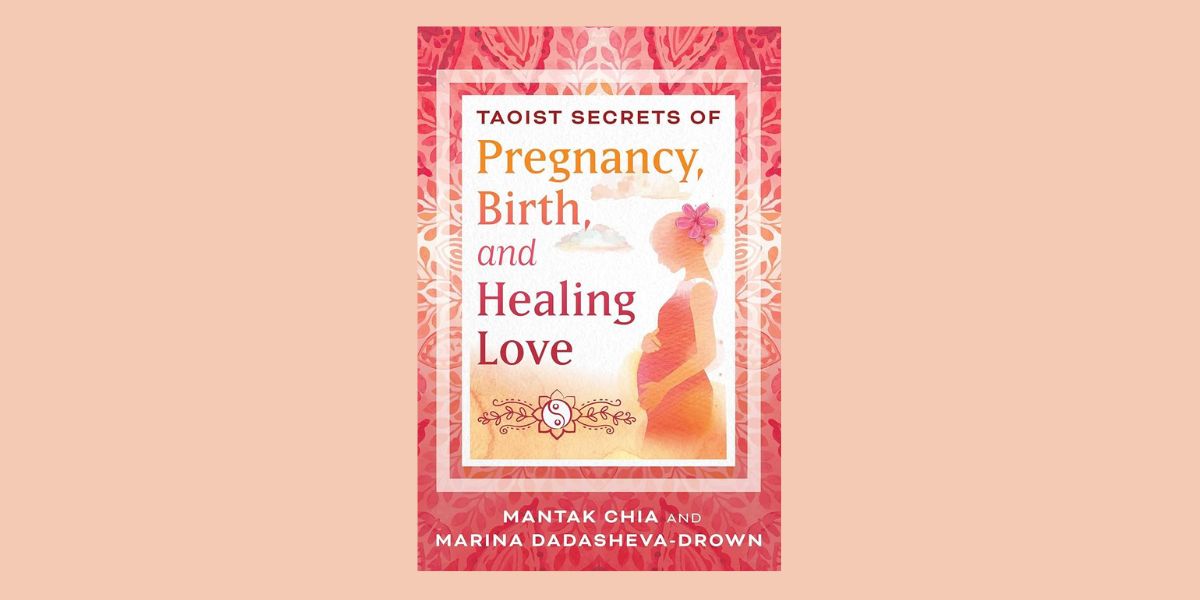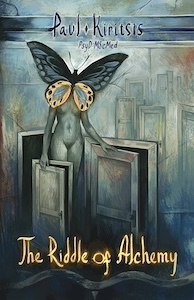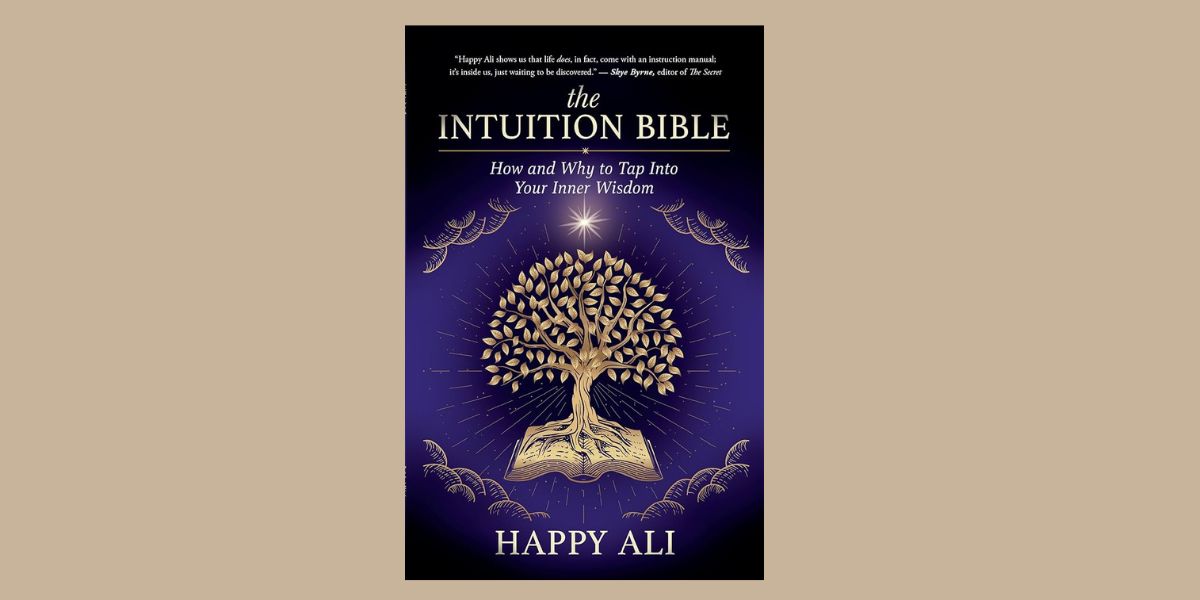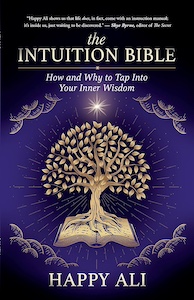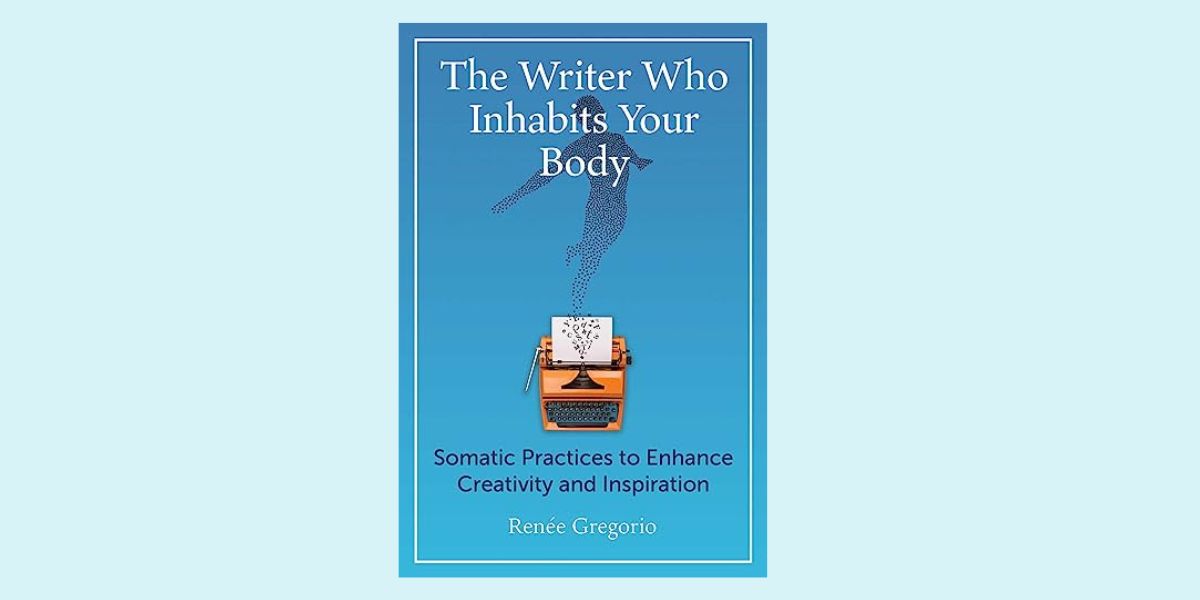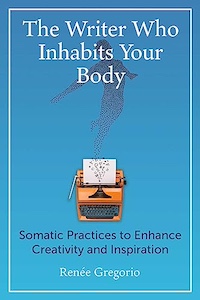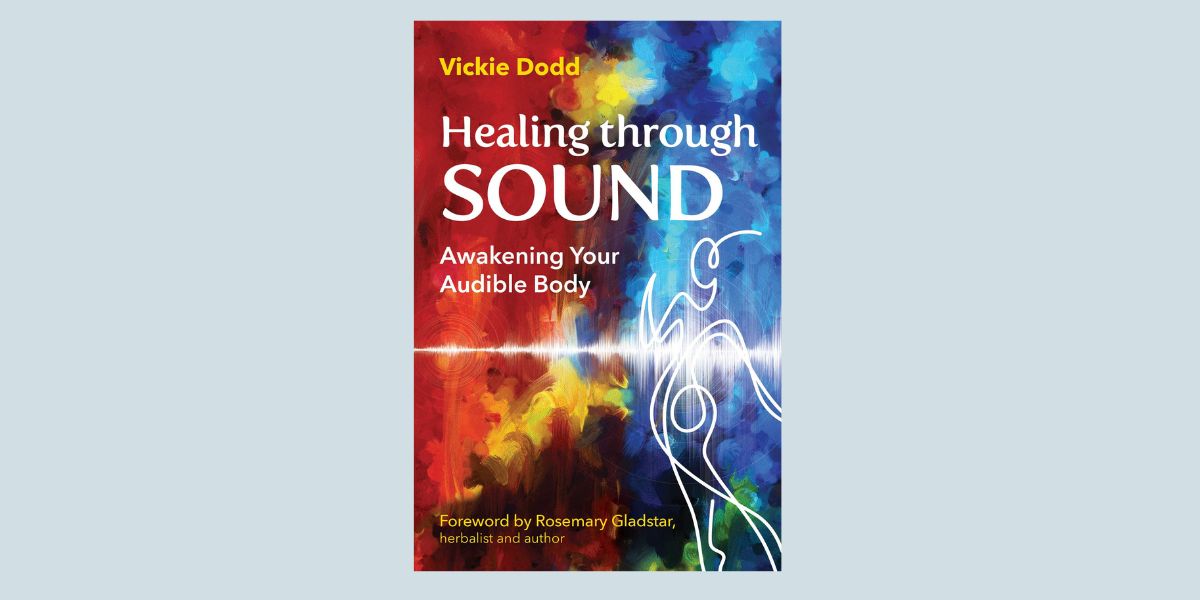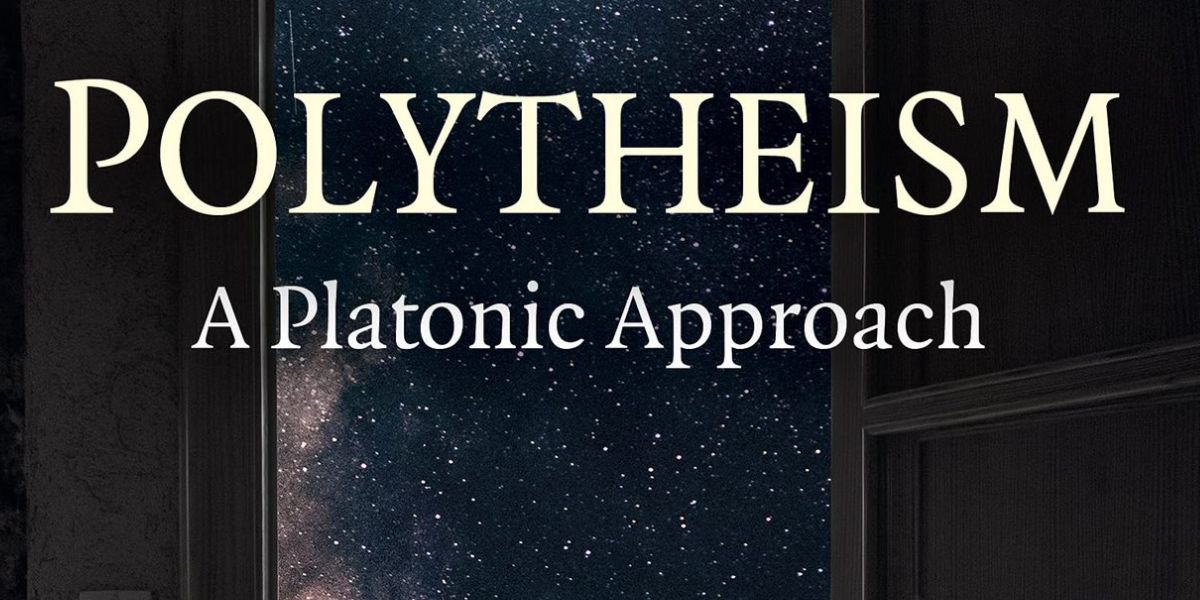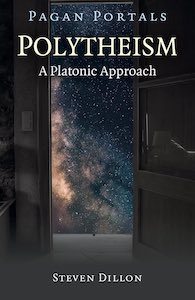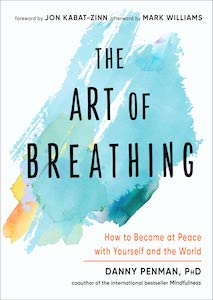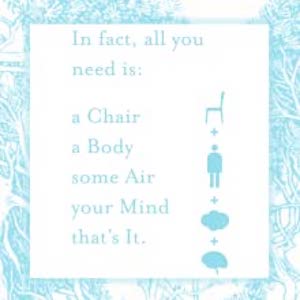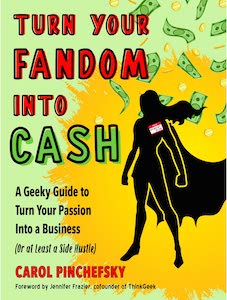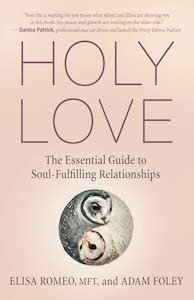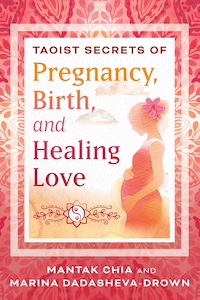
Taoist Secrets of Pregnancy, Birth, and Healing Love, by Mantak Chia and Marina Dadasheva-Drown
Destiny Books, 979-8888500293, 192 pages, July 2025
When my wife handed me Taoist Secrets of Pregnancy, Birth, and Healing Love, I was overjoyed to see more work by Mantak Chia and quite curious about how his co-author, Marina Dadasheva-Drown and the topic would resonate with his prior work on Taoist inner alchemy. We are in the midst of preparing for our second child, due this September, and I think perhaps my wife was looking for a way to get me connected with her pregnancy journey this time around. Looking much better than other “what to expect books” and more aligned with my spiritual beliefs, I was excited to learn more about pregnancy from a Taoist point of view.
From the beautiful design of the cover and title, the book initially struck me as being for women/mothers, but this assumption was quickly proven incorrect. This is a book about family: the attitudes and practices which help plant the seeds and cultivate the garden of love which holds and embraces each and every member, and connects us to the fundamental energies of the Cosmos.
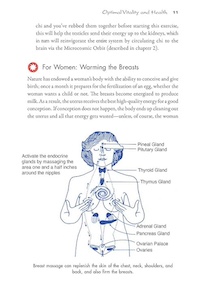
“We humans came into this world purely for love, which is why the cosmos, driven by love’s orgasmic energy, needs us.”1
The text is broken into seven chapters, mapping the journey of Universal Healing Tao as it evolves within each individual before expanding with the miracle of new life. Throughout the text, readers will find plenty of examples from practitioners, along with explanatory diagrams and even pictures of happy families! The first two chapters are focused on individual health and sexuality: devotion of one’s time and energy to the awareness and ultimate unification of the inner and outer cosmos. These chapters contain the majority of the practices and exercises that will be referenced throughout the rest of the book (more about those later!).
The spiritual and literal heart of the book is the three central chapters on pregnancy, conception, and birth. All of the general practices provided in the initial chapters are now brought together and combined with one’s partner: the yin and yang energies inherent within each partner fusing with those of the other to create (and maintain!) the primordial matrix of creation. Ideally, this creative, energetic space is held at multiple levels: from within the womb of the mother, to the relationship between mother and father, and out into the extended family. With this atmosphere of energetic alignment and devoted practice, the authors propose that birth can be free of medical interventions – and even multi-orgasmic!
In the final two chapters, we see how the Taoist perspective and practices are applied to family life beyond the initial process of incarnation. It’s clear from the point of view offered by Universal Healing Tao, the “creation” of each new family member doesn’t end at pregnancy or birth, but continues throughout young life. Whether through ceremonial practices in the early weeks of life, to how to simply hold an infant that will prepare it for potty training years later, to the mother and father openly displaying healthy affection in front of children. All stages of development can be heightened in spirit and deepened in love through the practices offered throughout the book.
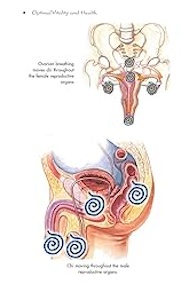
Most of the exercises and practices in the book are simple but powerful: focused primarily on using one’s breath to move energy between different energy centers of the body. Each exercise is a list of basic steps which are often repeated or cycled (Taoists like multiples of 9), culminating in the practitioner directing the energy to the intended destination. For instance, males practice moving excess energy up from their genitals into their kidneys and adrenal glands, which are naturally less energetic, but play a vital role in channeling inner energy into the outer world.
The greatest strength and emphasis of this book is the holistic vision it has for the family. At every stage before, during, and after childbearing, the authors emphasize the need for steady presence and participation of the father in addition to the mother. As an integral aspect of the life-creating energy that is concentrated within the mother’s womb, the father’s intimate involvement helping the mother prepare her body and spirit, as well as the actual birth, strengthens the net of love that is ready to catch the new life.
In the experience of the authors and their students of Universal Healing Tao, this level of attention and care even seems to reduce the possibility of (avoidable) medical interventions. In their view, relying upon the established medical system allows a host of unfamiliar energy into the intimate space, and common medical procedures often disrupt the infant’s connection with one or both parents.

I adore this book’s emphasis on the holistic love that should surround the birthing family; in both the caring compassion and creative passion that fuels the family’s growth. Unlike other books about cultivating divine love through sexuality (which often strike me as more self-serving), Chia and Dadasheva-Drown present the principles of Universal Healing Tao so that the love arising between two people can fractally spiral out and engage in the same patterns of energy that course through the wider Cosmos. The most essential way this is done is through the careful attention and unyielding love given to a child – all the way from the mischievous twinkle in the parents’ eyes through the formative years of childhood.
“[T]he mother and child have something to contribute to the other. The child as a newly incarnated soul has a more recent connection with Source, which benefits the mother; for the mother it is her love and her commitment to developing her own higher faculties that benefit the child.”2
The authors of Taoist Secrets of Pregnancy, Birth, and Healing Love beautifully bequeath their insights, building cosmic love up from the smallest of familial relationships.
Editor’s Note
While I initially intended to be the one to review Taoist Secrets of Pregnancy, Birth, and Healing Love, once my husband read it too, he wanted to be the one to share his thoughts. This was fine by me because I’m tired and focused inward these days!! Yet having also read the book, I want to add just a few of the things I enjoyed too, especially having as a resource during my pregnancy.
Mantak Chia and Marina Dadasheva-Drown have really made Taoist concepts accessible. I have not studied these concepts in the way my husband has, but it was easy for me to follow along with their content. While we did not have this book during conception, I feel like it would be very beneficial for couples to learn more about the divine alchemy that takes place.
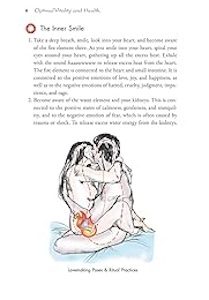
My favorite parts were the fetal development, which provided a month by month description of what was happening. I also enjoyed learning about the vital role of the placenta spiritually, as well as the subtle energies of breast milk. Thanks to the authors, I learned the Smile Meditation, where you connect heart to heart with baby, and I have been doing it quite often, strengthening the bond we share!
I think the real value of this book though is the focus on family, both the role of the father and mother in the beautiful process of creating life and nurturing it through pregnancy and postpartum. Discussion of the vital role a father plays made me more appreciative of the love and support my husband has been offering, because honestly, it can sometimes feel like mom is doing most of the work! This book helped me to shift my perspective and remember we are a team.
My husband and I have had some great discussions from what we’ve learned, and I feel these have strengthened our bond and commitment to our growing family. As we count down the final weeks to our baby’s arrival, I think drawing from the information in Taoist Secrets of Pregnancy, Birth, and Healing Love is putting us in the right frame of mind and energetic alignment. Overall, it is’ definitely a book I’d recommend to couples looking to conceive or those already with a baby on the way!
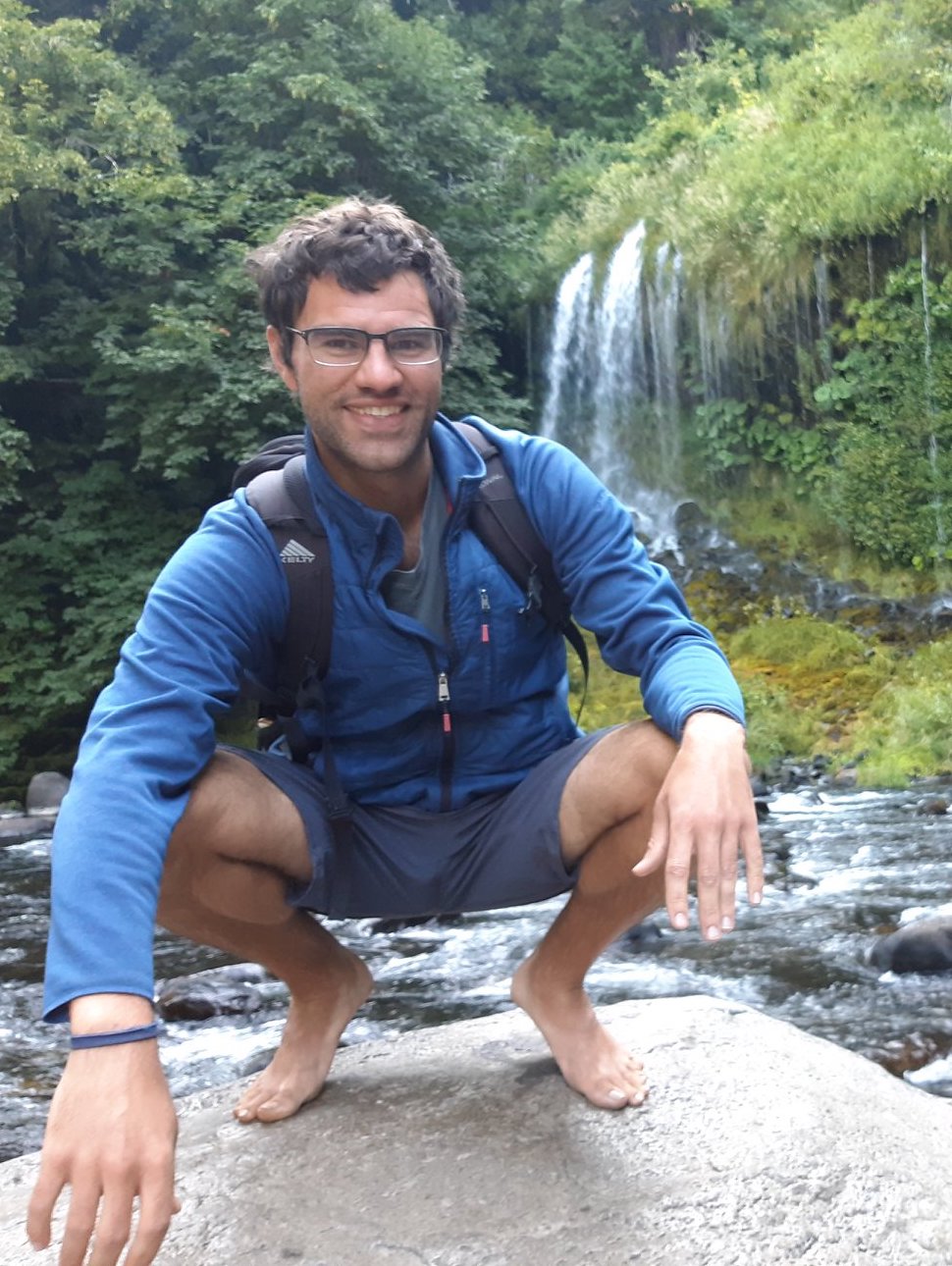
Zak has two master’s degrees in philosophy, from Brandeis University and University of California Santa Barbara. He is currently the lead editor for Dungeons in a Box, and he spends much of his time in the realm of fantasy crafting new plots and ensuring the adventure is in mechanical balance. When he’s not DMing, he also enjoys hiking, studying eastern philosophy, and playing board games.
